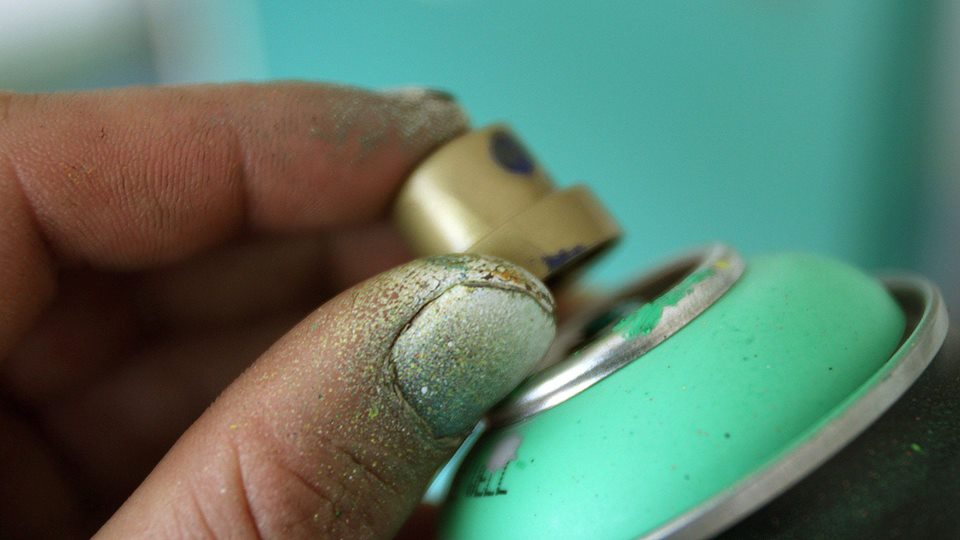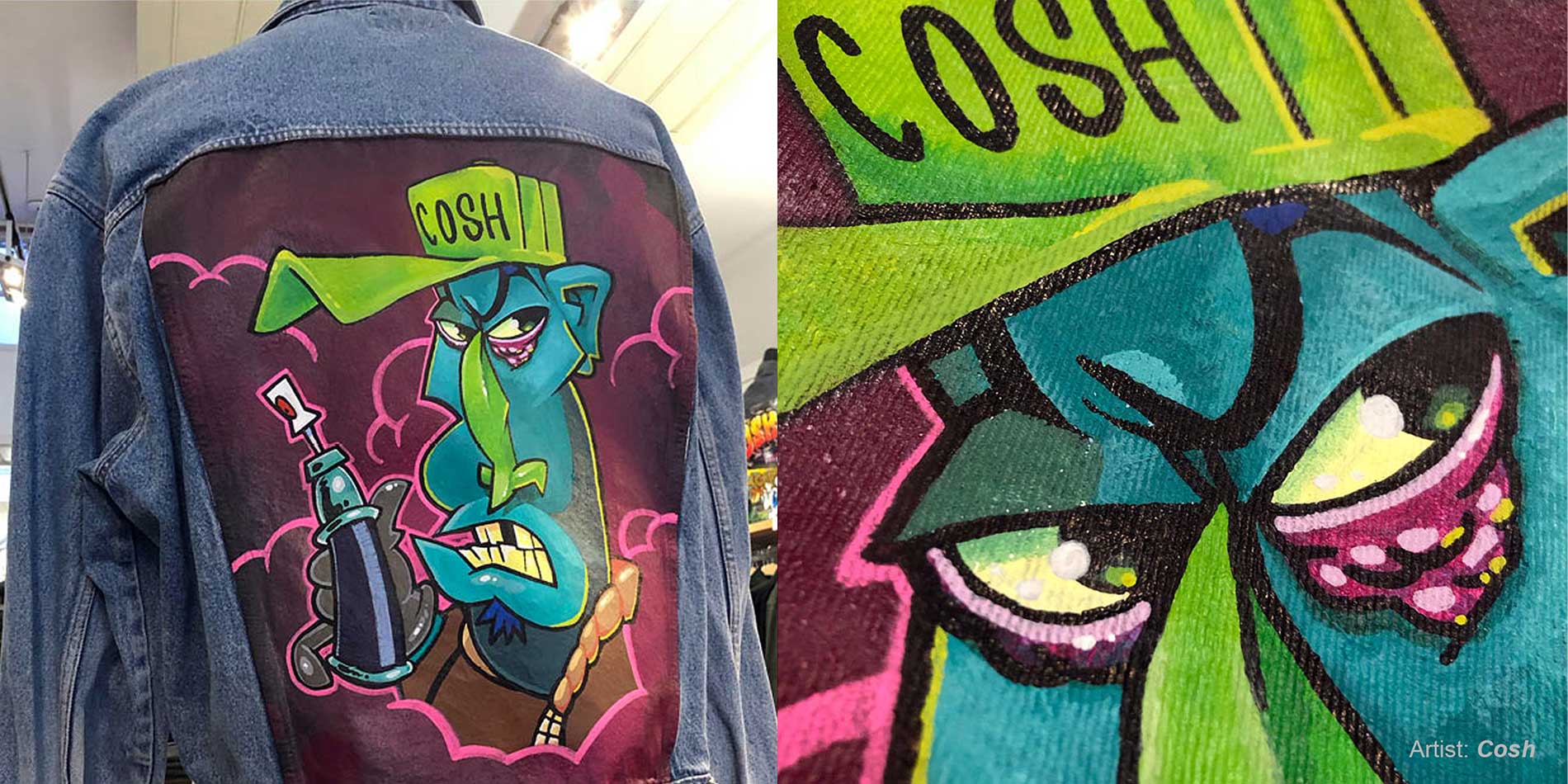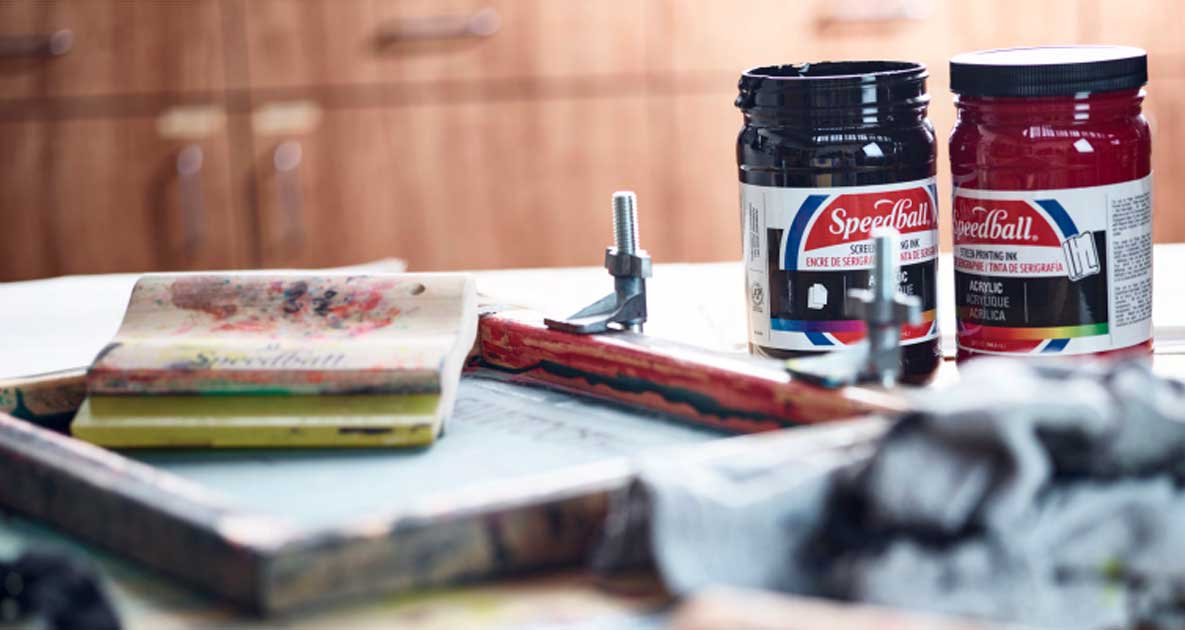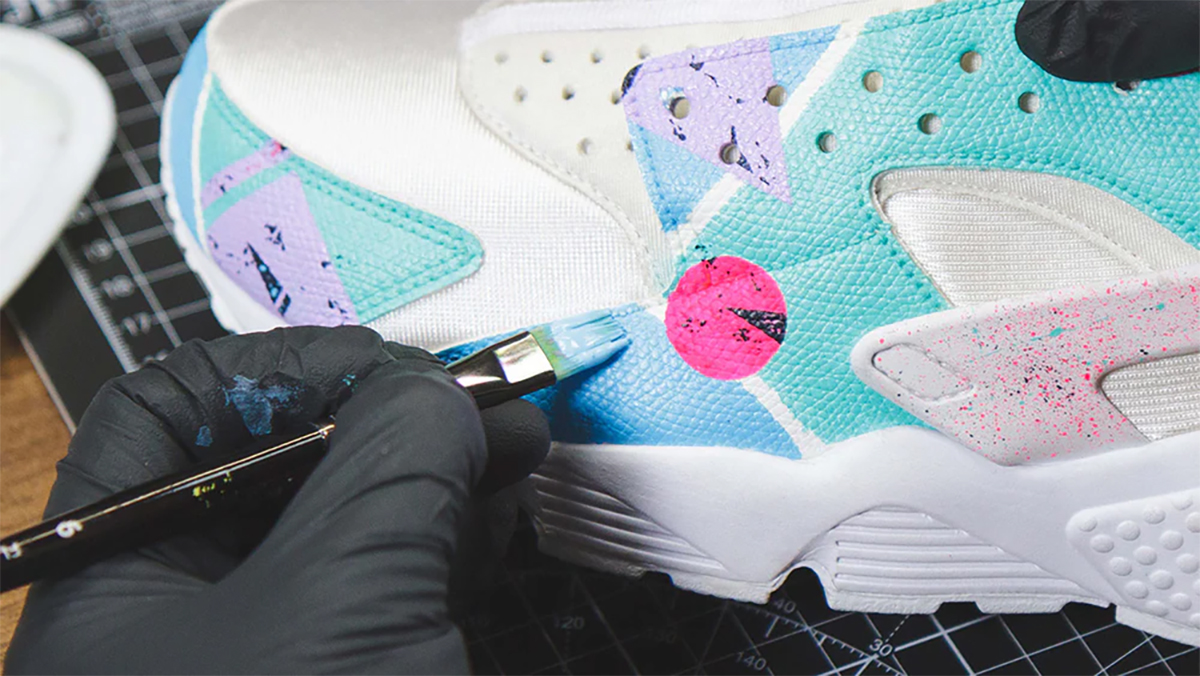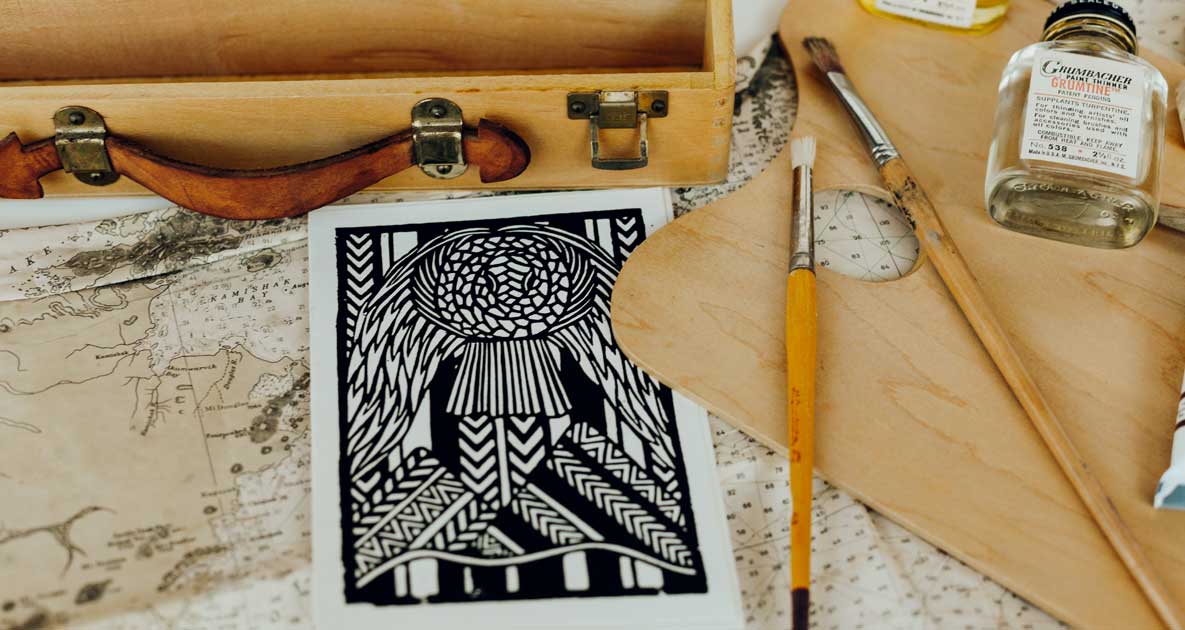We use cookies to make your experience better. To comply with the new e-Privacy directive, we need to ask for your consent to set the cookies. Learn more.
Handlettering, how does it work?
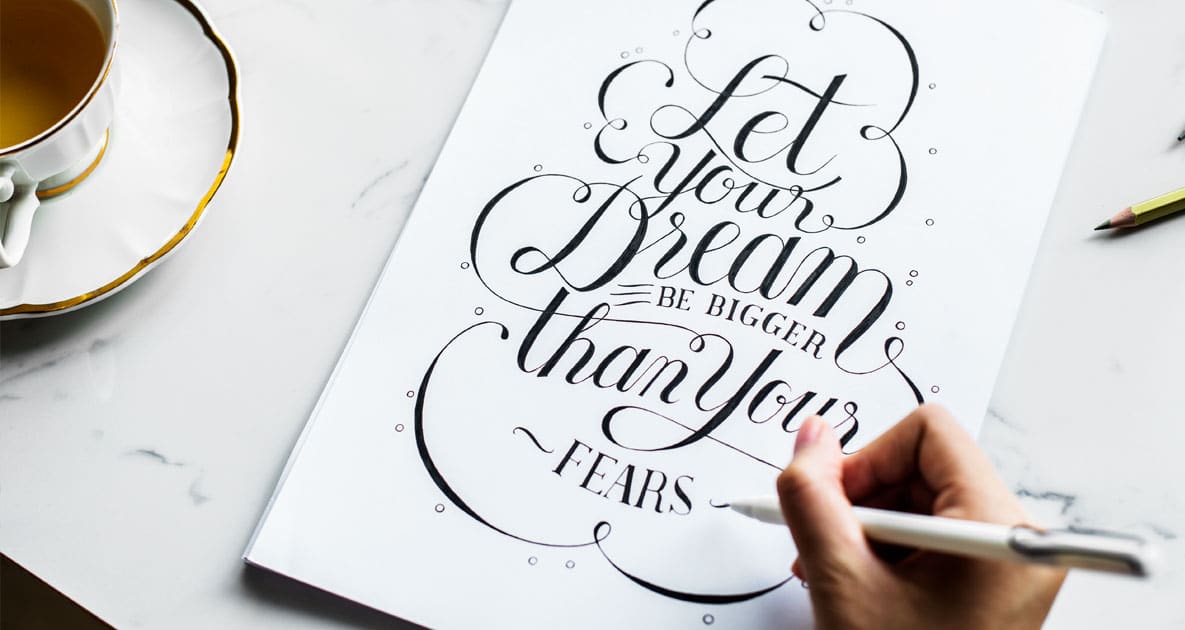
The origin of handlettering lies in calligraphy. Handlettering focuses on drawing or painting letters rather than traditional writing. There are numerous styles and techniques in lettering, allowing for creativity to flow freely. As long as you adhere to a few basic rules, you can let your imagination run wild. Below, you'll find tips on what to consider when handlettering and the materials you'll need to become a true handlettering professional!
What do you need for handlettering?
It's crucial to have the right materials for handlettering to achieve satisfactory results. So, what do you need as a beginner handlettering artist? Besides paper, a pencil, and an eraser, you'll need good (calligraphy) pens. Here's what to look for when choosing the right materials.
Basic Materials
Firstly, good quality paper is essential, especially coated paper when using pencils, fineliners, and markers. Additionally, using a protractor and/or ruler is handy for drawing guidelines and grids. For sketching your phrases, you'll need a graphite pencil; an HB pencil works fine. Always keep an eraser handy if you're not satisfied.
Handlettering Pens
The type of pen you need depends on the result you want to achieve. For calligraphic letters, good fineliners are a must. Opt for a thin chisel tip for fine letters and a thick chisel tip for broader ones. Brush pens are ideal for a colorful or watercolor-like brush lettering alphabet. They feature a flexible brush tip for creating various line thicknesses.
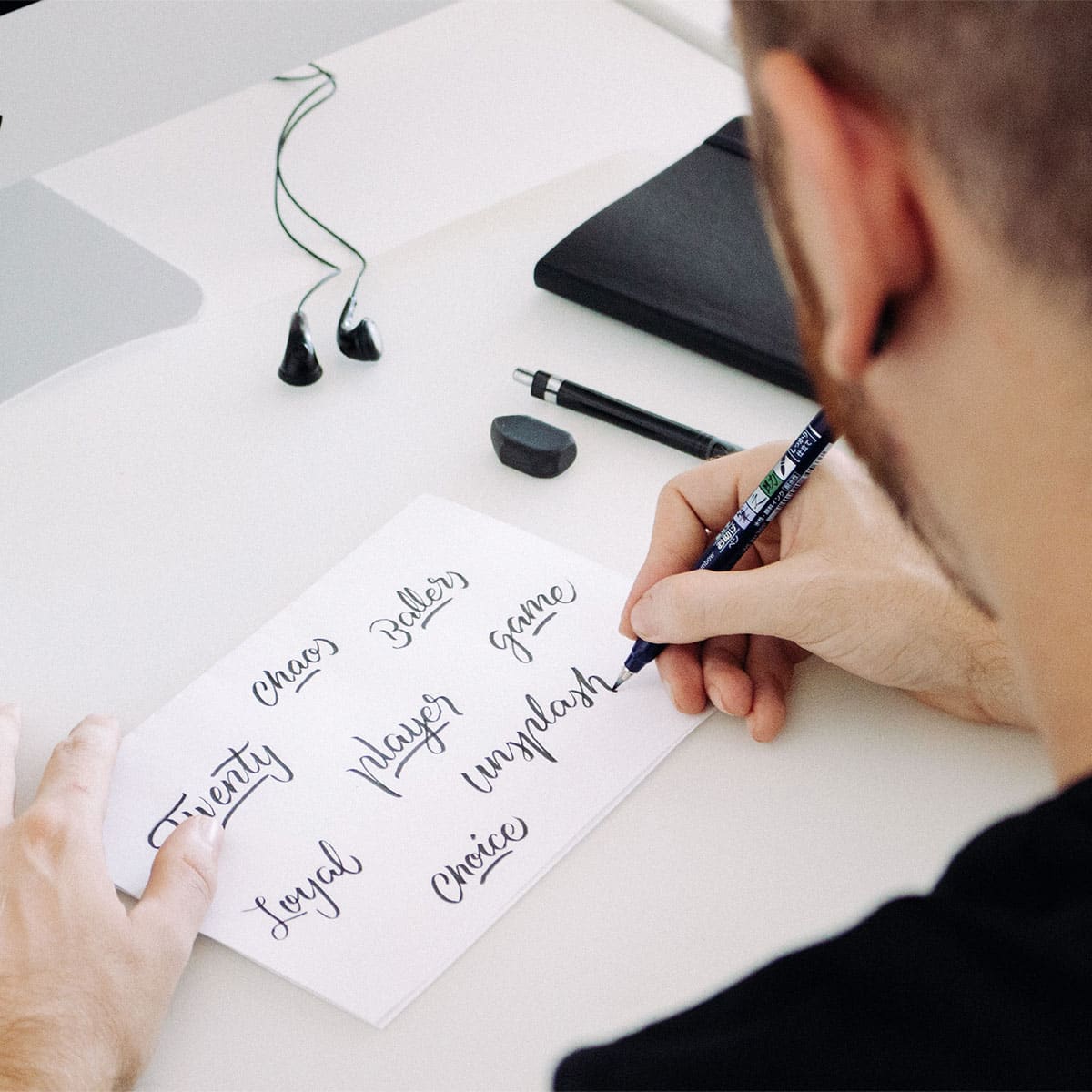
Getting Started with Handlettering
Almost anything goes with handlettering, allowing you to unleash your creativity. However, it's important to follow a few rules for a beautiful end result. Handlettering requires a lot of practice before mastering it. Here are some tips for beginners:
- Workspace: Ensure you have sufficient light and space to concentrate optimally.
- Posture: Since you'll be practicing for extended periods, maintain a good posture. Sit upright to keep the right distance from your paper.
- Pencil Grip: Hold the pencil between your thumb and index finger with a bit of space between the pencil tip and your fingers for better control and reduced finger strain.
- Patience: Take your time with each letter as handlettering is about symmetry and precision.
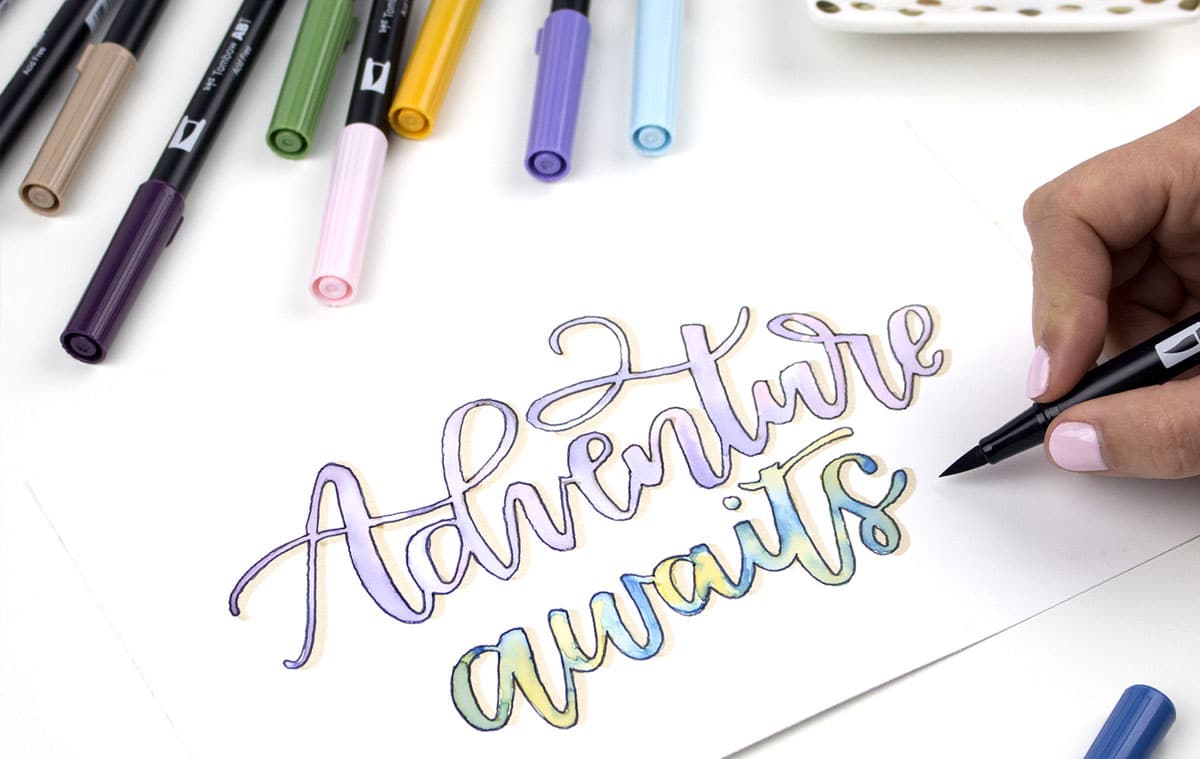
How to Use a Brush Pen?
Now that you know what to do before starting handlettering, it's also useful to understand how to handle a brush pen or calligraphy pen properly. Using a brush pen requires practice but becomes easy once mastered. Hold the pen close to the tip for better control. Keep your hand at a 45-degree angle and move the pen using your entire arm, not just your wrist, for smoother strokes. Apply less pressure when drawing upward lines and more pressure when drawing downward lines for varied line thicknesses.
Workshop: Handlettering for Beginners
Learn the basics of handlettering with this comprehensive workshop for beginners by Tombow.




